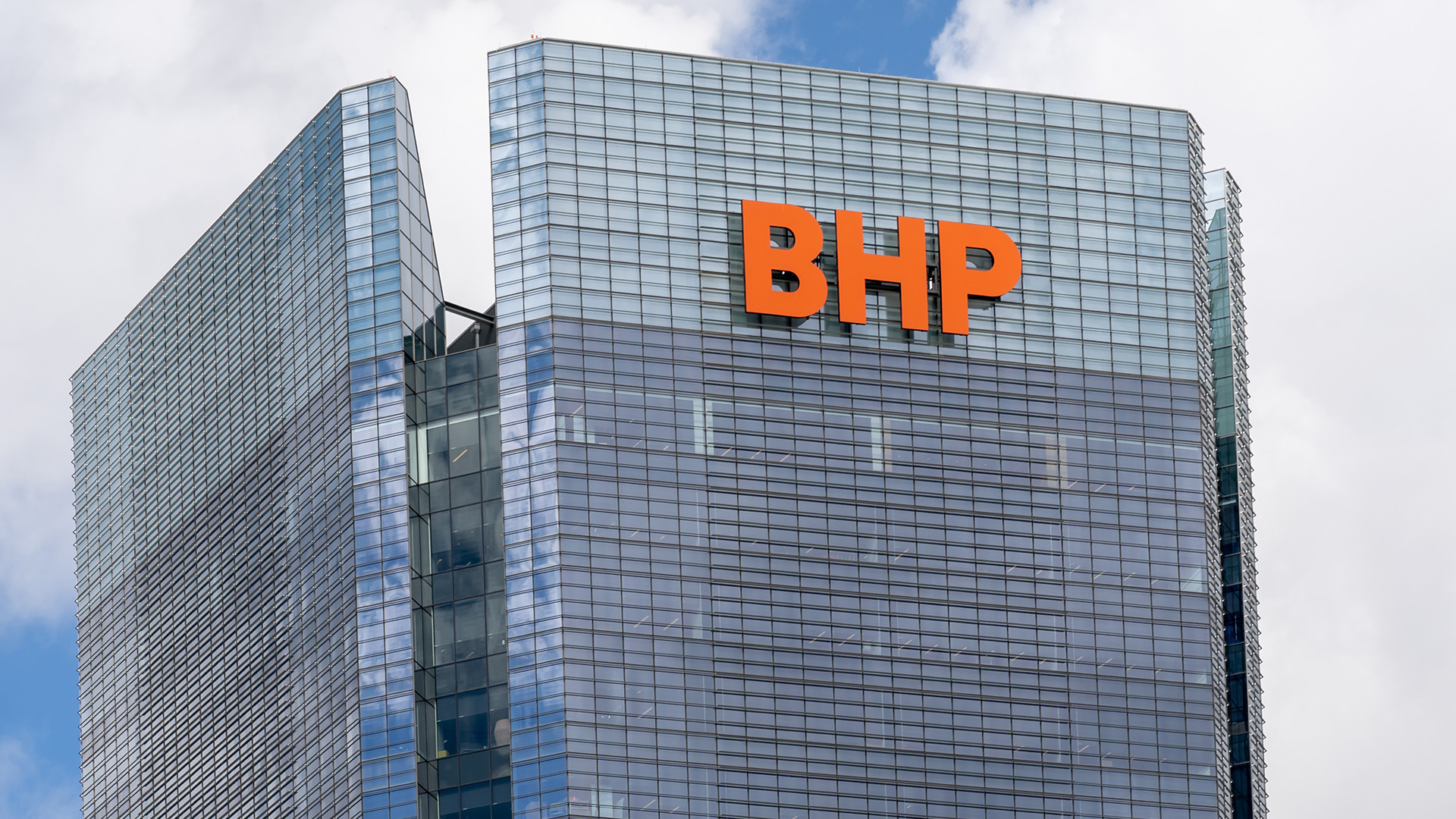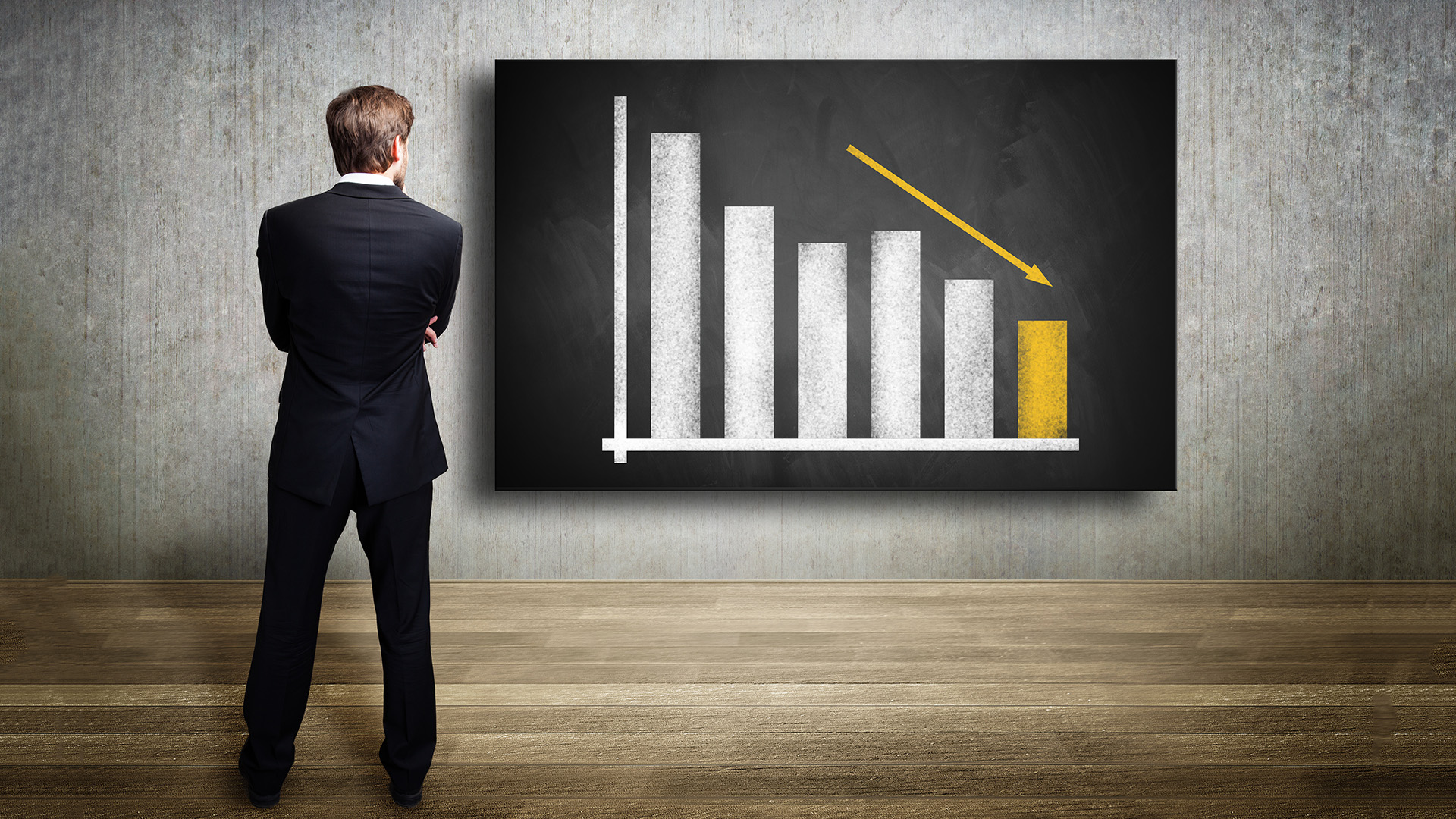For Rio Tinto (RIO) (like BHP Billiton (BHP), Fortescue (FMG) and a hots of other companies) the global market for their commodities can be summed up in one word – China.
And compared to the gloom at the start of the year, the actual market performance of many commodities – especially iron ore, Rio’s most important business – was much better than anyone had dared forecast back in February when the mining giant dropped its so-called progressive dividend policy and changed to a share of net earnings.
The implication was that the company, like the rest of the sector, would battle again this year because the Chinese economy was weak and sagging.
But after spending hundreds of billions of dollars on stimulating the housing and construction sectors, closing weak iron ore and coal mines and pushing steel exports onto global markets, the Chinese economy seems to have steadied.
Instead of continuing around $US40 a tonne or less, iron ore prices spiked and have remained above $US50 a tonne for much of the year. Copper, coal and oil prices have improved (although oil has turned lower again in the past month).
The company has maintained its full year shipment guidance of 350 million tonnes of iron ore, despite posting slightly weaker-than-expected June quarter volumes.
But Rio’s board and management are not letting themselves get too optimistic – the rest of the year will be just as tough as the first half.
In fact from the commentary in yesterday’s report, they are very much still in hunker down mode, as we saw in the interim results:
"The credit-fuelled bounce in Chinese construction activity has had a positive impact on commodity markets in the first half of 2016, but its impact has been uneven, benefiting most steel raw materials," Rio Tinto said yesterday.
This has pulled prices up from the multi-year lows seen at the start of the year, as markets continue to rebalance.
Growth in China has stabilised, but it is on a long transition path of slower and less commodity-intensive growth. Meanwhile the global economy seems stuck in a subdued low-productivity growth pattern which would indicate that continued caution is required for the second half of 2016.
The pick-up in China’s construction activity benefited commodity demand and pulled commodity prices up from multi-year cyclical lows, but the recovery has not been broad-based. The property market revival has itself been unbalanced, with sales rising most strongly in the large tier 1 and 2 cities while inventories in lower tier 3 and 4 cities remain at elevated levels.
Growth in the industrial and manufacturing sectors continued to face some headwinds, resulting in a further slowdown in corporate investment. The performance in these sectors was hindered by weak exports, which were constrained by slow global trade growth. This reflects a global macro-economic environment that is still fragile.
With the China upturn affecting construction materials disproportionally, iron ore led the commodity price rebound in the first half of 2016. Having dipped below $US40 per dry metric tonne (CFR) throughout January, the iron ore price briefly reached above $US60 in early April and averaged close to $US50 over the first six months of the year.
Over that period China imported close to 520 million tonnes of iron ore, an increase of about nine per cent compared with the first half of 2015, with Chinese crude steel production reaching annualised run-rates above 850 million tonnes during the second quarter of 2016.
These high production rates were partly accommodated by continued strong Chinese steel exports. Despite the more favourable demand context and delays to some project ramp-up schedules, more new tonnes are expected to come onto the market over the near to medium-term.
Metallurgical coal prices benefited from the same steel dynamics as iron ore, with prices recovering from lows of near $US70 per tonne in February to again touch $US100 per tonne during the second quarter of 2016.
The rebound in base metals prices has been more muted. Inventories and excess capacity kept pressure on aluminium, with LME prices trading within a narrow band between $US1,500 per tonne and $US1,650 per tonne.
Copper prices held above $US2 per pound throughout the first half and, unlike most other commodities, have remained well above the third quartile of the industry cost curve.
The bauxite, thermal coal and titanium dioxide markets were more strongly influenced by supply-side developments. The temporary bauxite export ban in Malaysia was extended twice and is currently due to run until late into the third quarter of 2016. Stronger supplies of Guinean and Australian bauxites into China closed the supply gap.
Thermal coal prices were mostly stable, at just over $US50 per tonne during most of the first half of 2016 but a combination of supply disruptions and Chinese production cutbacks started to push prices back above $US55 per tonne by the end of June.
Titanium dioxide feedstock prices have stabilised over the past six months, while pigment prices have started to rise again. There are increasing signs indicating that excess feedstocks inventories are falling across the value chain. So a few green shoots according to Rio Tinto, but nothing to get overly excited about in the next six to 12 months. China remains the key, as always.













